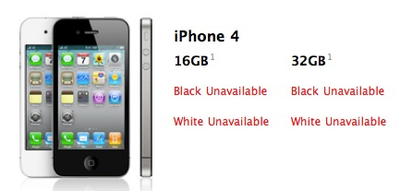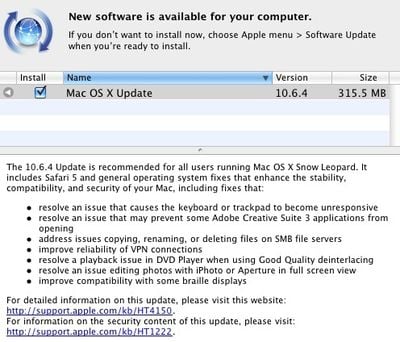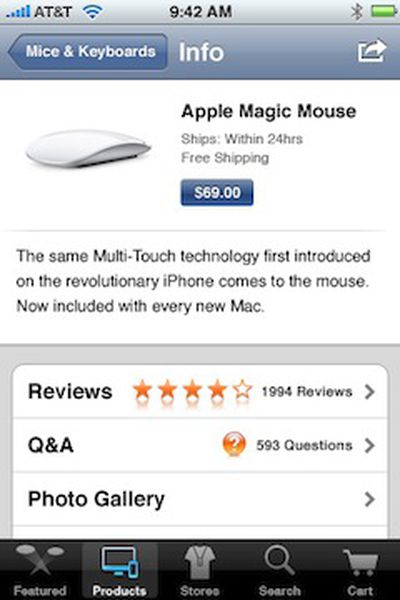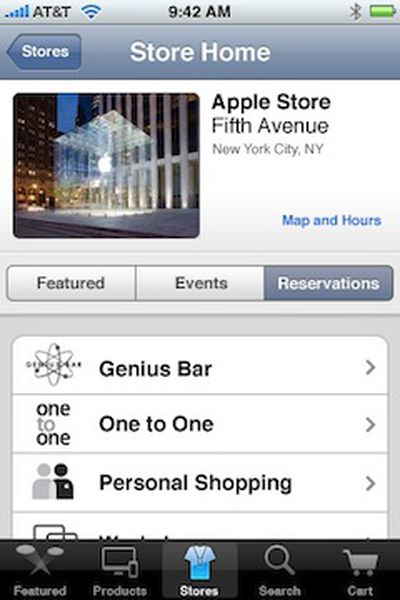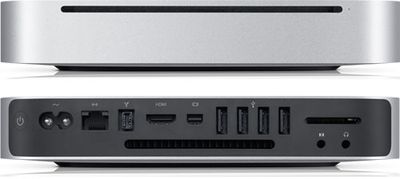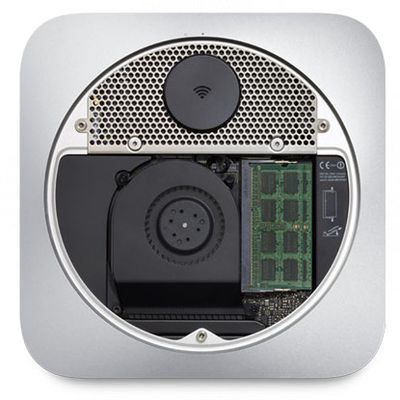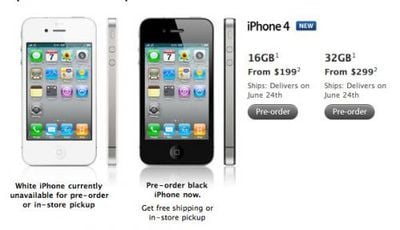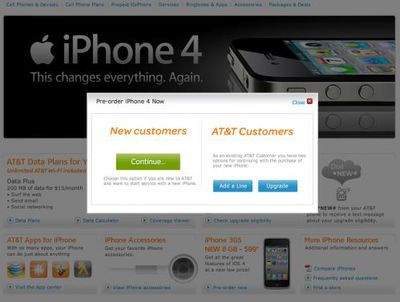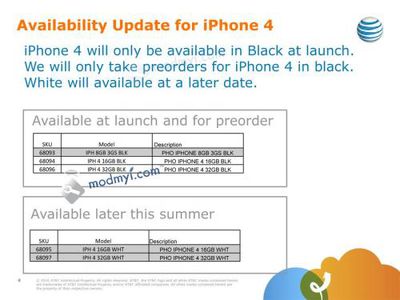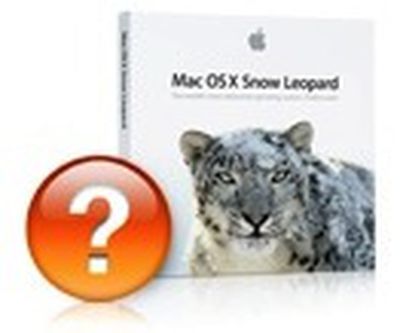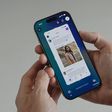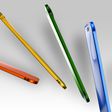The Electronic Entertainment Expo kicked off on Tuesday with a number of prominent announcements from the likes of Microsoft, Nintendo, and Sony. Historically, E3 has never been much of a venue for Apple-related news, though things have changed slightly over the past year. Not to say the event isn't overwhelmingly dominated by console-related news and titles, but here are a few items that may be of interest to Apple-followers.
Steam's arrival on the Mac means that Valve's future titles will all be simultaneously released for the Mac as well. The most anticipated of those is Portal 2. Since Valve gave everyone a free copy of Portal during Steam's launch, you all should be familiar with the title by now. Valve released a teaser trailer for the sequel which is due in 2011:
The iPhone and iPod Touch have also made great strides as portable gaming devices with a number of prominent game companies now targeting the App Store.
- Square-Enix announced that Final Fantasy Tactics: The War of Lions and Secret of Mana will be coming to the App Store later this year.
- Capcom is reviving arcade shooter 1942: First Strike for the iPhone.
- SEGA is bringing Sonic 4 to the iPhone as well as Xbox Live Arcade, PSN, and Wiiware.
Sonic 4 for iPhone/iPod Touch



